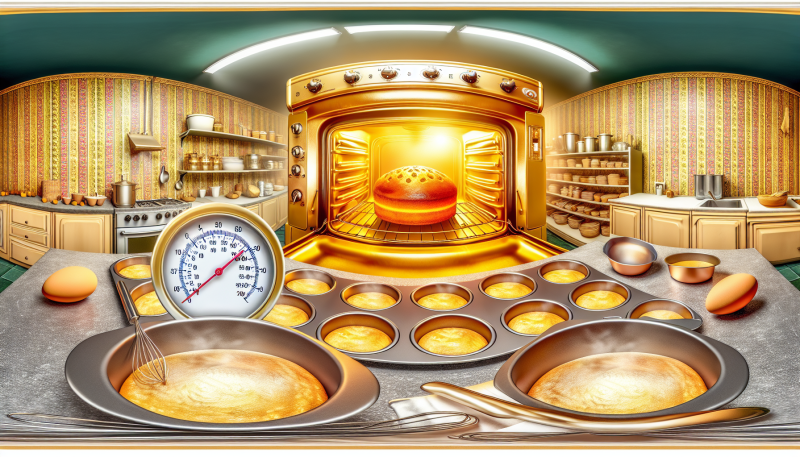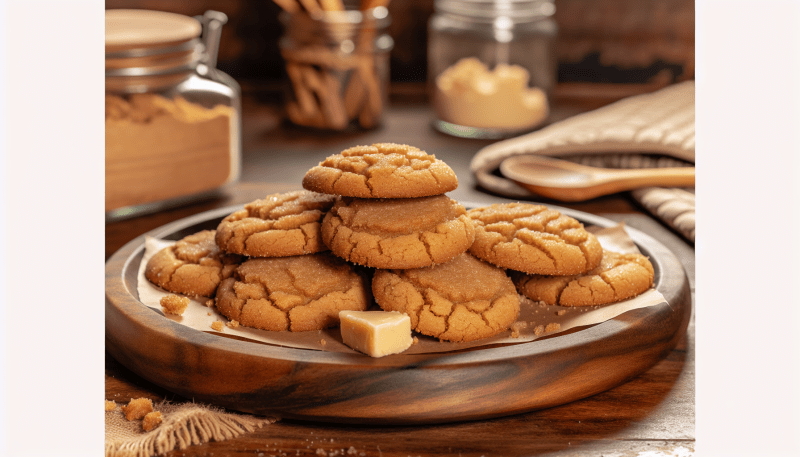When it comes to baking cookies, many home bakers and professionals alike are always on the lookout for that perfect texture—whether it's a delicate crumbly shortbread or a chewy chocolate chip cookie. One secret ingredient that can elevate your cookie game is cornstarch. Although it may seem unassuming, cornstarch can have a significant impact on the texture, structure, and overall success of your cookies. Here’s a look at the various benefits of using cornstarch in cookie recipes.
Enhanced Texture and Softness
Cornstarch is renowned for its ability to create a tender and soft texture in baked goods. When added to cookie dough, it inhibits the formation of gluten, which can make cookies tough and chewy. This is especially beneficial for achieving that melt-in-your-mouth consistency in cookies like shortbread and sugar cookies. A small amount of cornstarch, typically around 1-2 tablespoons per cup of flour, can make a noticeable difference, resulting in cookies that are light, airy, and wonderfully soft.
Improved Shape Retention
One common issue with baking cookies is that they often spread too much and lose their shape. Cornstarch can help mitigate this problem. By adding cornstarch to your dough, you can improve the cookies' ability to hold their shape during baking. This is particularly useful for intricate cookie designs or cut-out cookies, ensuring that your creations look as good as they taste.
Crispier Edges
For those who enjoy a contrast between a cookie's soft interior and crispy edges, cornstarch is an excellent addition. It helps to achieve that perfect balance by creating a fine, crisp crust while keeping the center tender and moist. This textural contrast can make each bite of your cookies more interesting and satisfying.
Enhanced Flavor
While cornstarch itself is flavorless, its ability to improve the texture of cookies can indirectly enhance the perception of flavor. The smoother, more delicate crumb allows the flavors of your other ingredients—such as vanilla, chocolate, or spices—to shine through more clearly. By improving the mouthfeel, cornstarch helps each flavor note stand out, making your cookies more delicious.
Allergy-Friendly Baking
Cornstarch is naturally gluten-free, making it a valuable ingredient in gluten-free baking. For those with gluten sensitivities or celiac disease, cornstarch can be combined with other gluten-free flours to create cookies that mimic the texture of traditional wheat-based cookies. This allows for a more inclusive baking approach, ensuring everyone can enjoy your homemade treats.
Easy to Use
Incorporating cornstarch into your cookie recipes is straightforward. Simply mix it with your dry ingredients or sift it together with the flour before adding it to the wet mixture. This ensures even distribution and helps to prevent clumping, giving your cookies a consistent texture.
Versatility
Cornstarch isn't just for one type of cookie; it works well across various recipes. Whether you're making classic chocolate chip cookies, delicate butter cookies, or elaborate decorated cookies, cornstarch can be adapted to suit different baking needs. Its versatility makes it a valuable addition to any baker's pantry.
Conclusion
Incorporating cornstarch into your cookie recipes can transform the final product in delightful ways. From creating a tender, melt-in-your-mouth texture to helping cookies maintain their shape and enhancing flavor, the benefits of this simple ingredient are numerous. Whether you’re an experienced baker or a novice, experimenting with cornstarch can lead to consistently delicious and aesthetically pleasing cookies that will impress anyone who takes a bite. So next time you’re in the kitchen, don’t underestimate the power of cornstarch in elevating your cookie creations.



